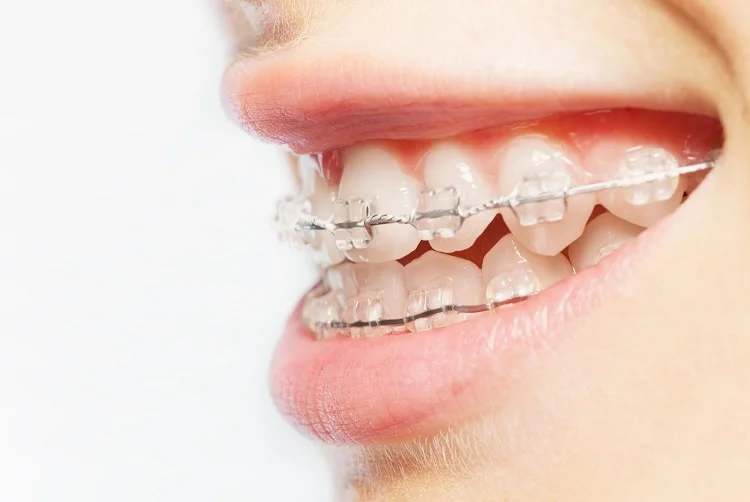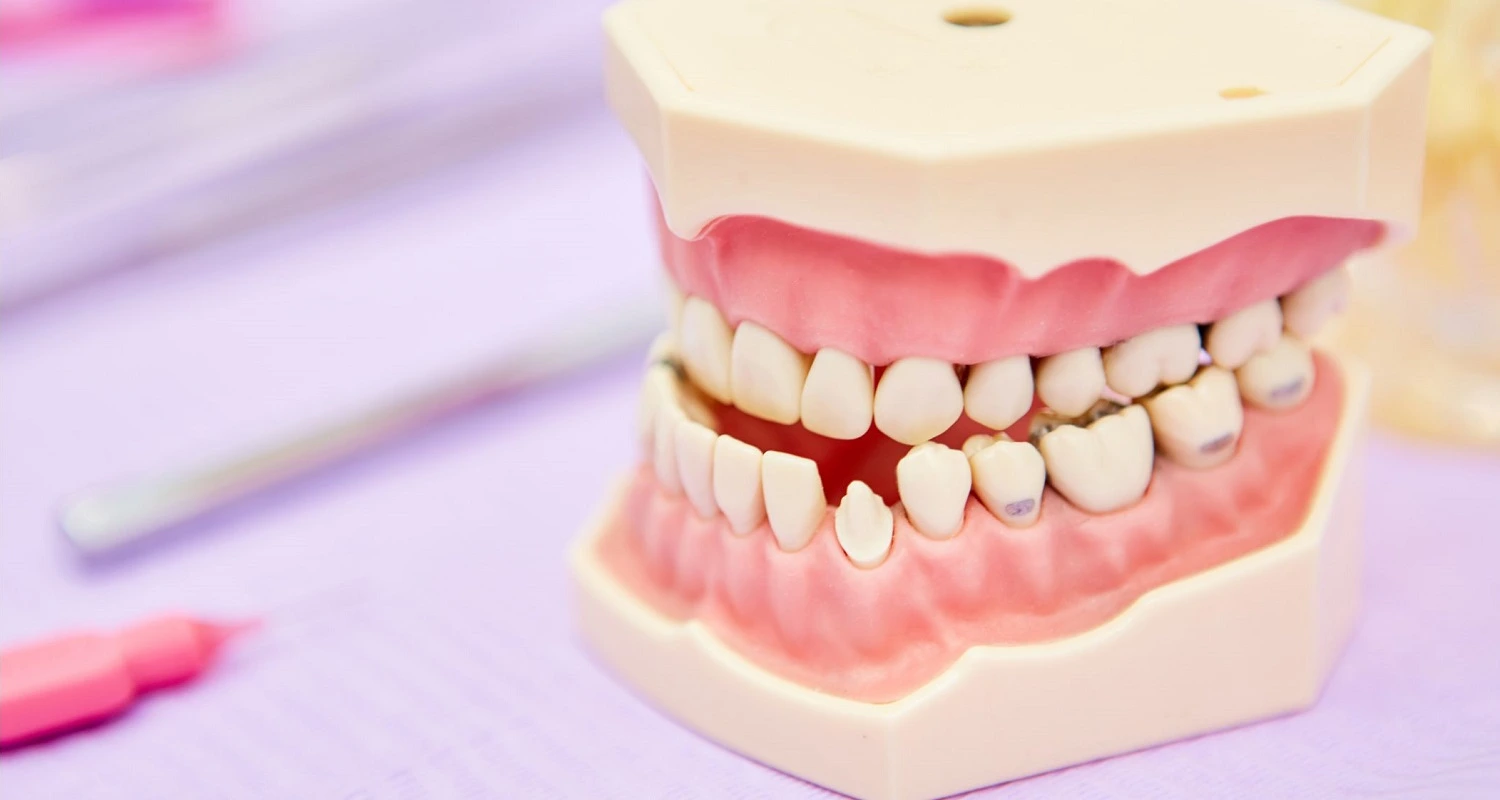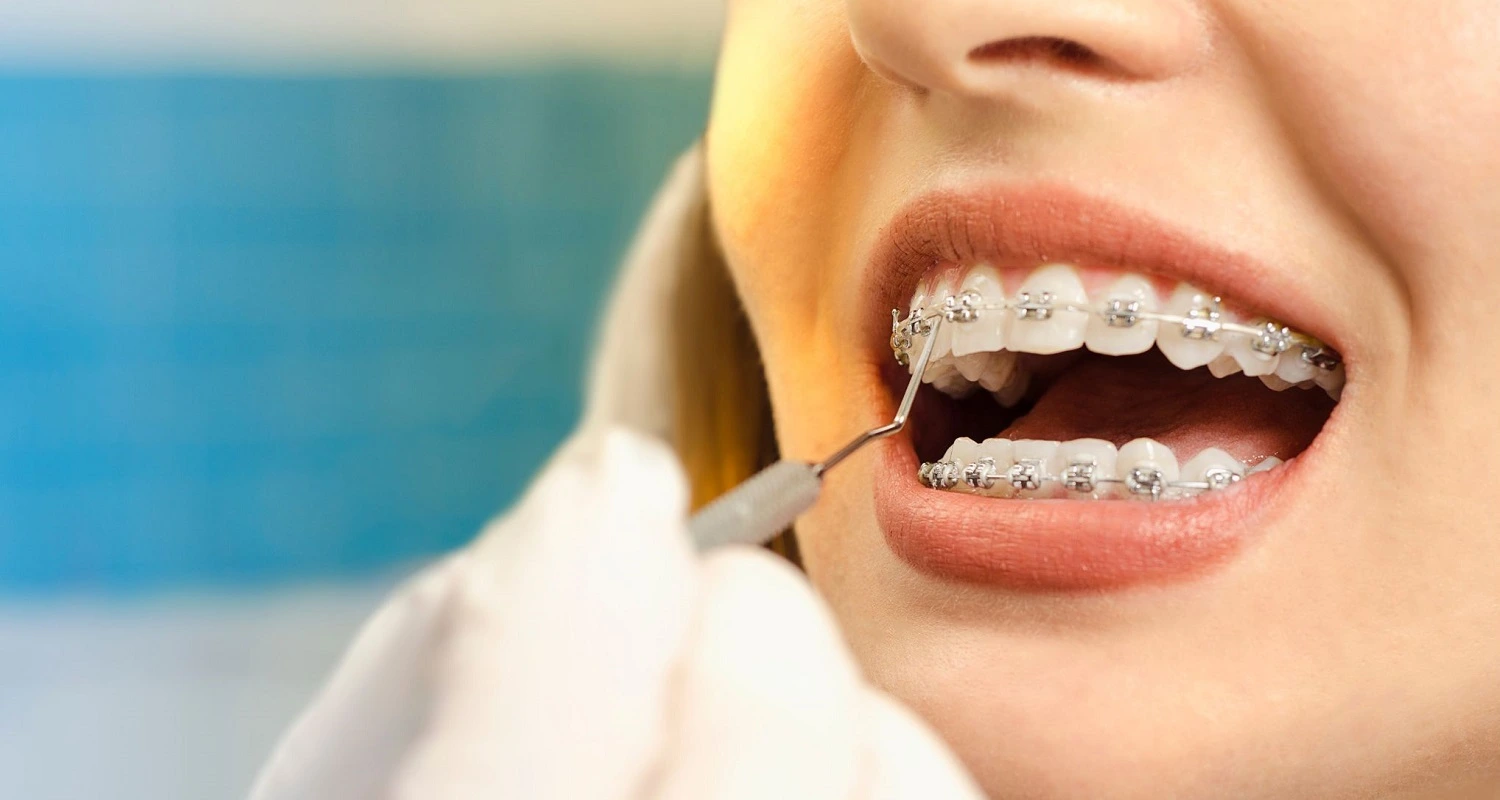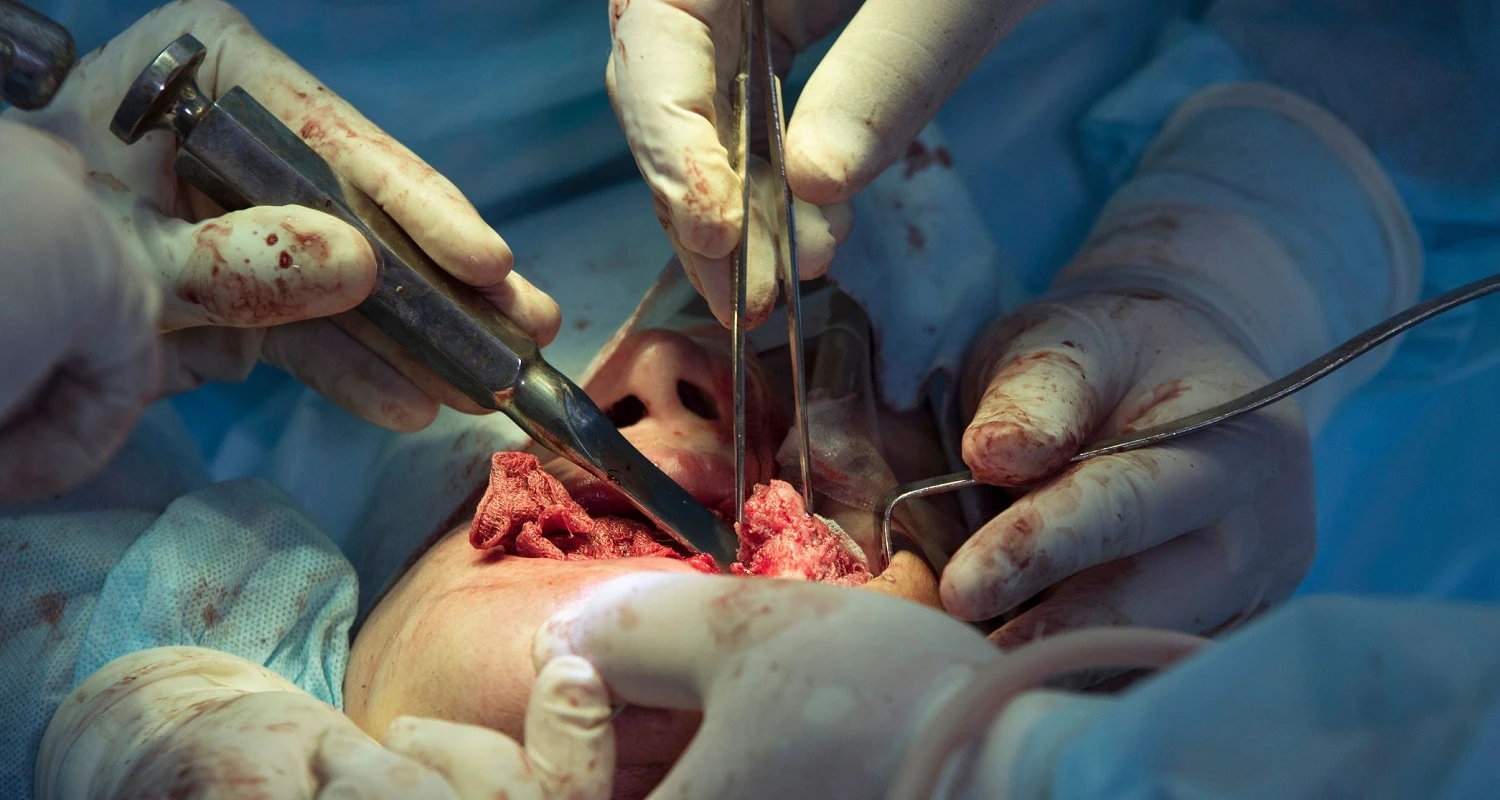Last Updated on: 19th September 2025, 12:51 pm
What is Malocclusion? A Complete Guide
To achieve adequate chewing, the teeth must be properly aligned and positioned in the mouth, so that the upper and lower teeth fit together. When this does not happen, dentists call this condition malocclusion or “bad bites”. If you are suffering from this condition, read on to know the various treatments for malocclusion.
A person is said to have a malocclusion when they show one of the following signs:
• Crowded teeth or lack of space between them. If you want to learn about the causes of dental crowding, you can check out this article.
• Spaced teeth: can be very large spaces between teeth.
• Bite problems.
To learn more about this condition, you can find an article that delves into malocclusion and its causes on our website.
Why Start Treatment for Malocclusion?
Very few people have a perfect bite, and malocclusion in itself does not represent a disease or major health problem. However, it is recommended that the teeth be in the best possible position and relationship as some inconveniences may arise:
• Difficulty chewing
• Speech problems
• Bruxism (grinding and grinding of the teeth)
• Headaches and muscle aches
• Breathing through the mouth
• Dental caries (holes in the teeth)
• Pain in the joint that joins the skull with the jaw
Prevention of Malocclusion
Malocclusion usually has a genetic component, so it is difficult to prevent it. However, it is possible to adopt behaviors that will help prevent the teeth from adopting a bad position and the jaws from developing improperly:
• Avoid the use of a pacifier or bottle in children over two years of age.
• Promote breastfeeding, if possible, until the first year since this favors the correct development of the muscles and positioning of the jaws.
• Prevent children from sucking their thumbs, especially if older than two years.
What are the Treatments for Malocclusion?
Dentists have developed various techniques to correct malocclusion. The type of treatment chosen and its duration will depend upon the case, the age of the patient, the severity of the problem, and the cost.
Each orthodontic treatment is customized for each patient, according to the diagnosis of the treating specialist, which may entail taking X-rays, tomographies, plaster models, and clinical photographs.
The most commonly used treatment options are listed below:
1. Maxillary orthopedic treatments
Maxillary orthopedics is a branch of orthodontics that, through the use of fixed (glued to the teeth) or removable devices, focuses on orienting the growth of the maxillary bones in children, correcting and avoiding dental crowding and bite problems.
The American Association of Orthodontics recommends that all children be evaluated before the age of 7 to determine if they have or are likely to have malocclusion, thus being able to correct this anomaly in time.
Because children’s bones are in active growth, it is easier to guide and modify them to avoid or reduce the severity of future malocclusion. This will make future treatments easier and cheaper for the patient.
2. Functional orthopedic treatments
Similar to maxillary orthopedics, functional orthopedic treatments are mostly performed on children. They focus on the use of devices that prevent and correct habits that can generate a malocclusion, helping to prevent, correct, or reduce its severity.
These devices are often used to prevent the tongue from pushing the teeth, and children from sucking their fingers or lips, among other harmful habits. They work quite well when the patient has strong musculature that prevents the correct growth of the jawbones and positioning of the teeth.
3. Use of brackets and other aligners
When it is no longer possible to correct the size or shape of the jaws by guiding their growth, the orthodontist may resort to devices to modify the position of the teeth. These can be fixed, like braces, or removable, like invisible aligners:
• Brackets or braces: They are small attachments that adhere to the surface of the teeth. Wires and elastics pull the teeth and change their position. There are braces of various types, sizes, and materials. The orthodontist will guide the patient to select the most appropriate option for their case. Some provide faster, more comfortable, and aesthetic treatments than others. The price of an orthodontic treatment with braces can vary between 3,000 and 10,000 USD.
• Invisible aligners: These are transparent splints in the form of a “mold” designed by the orthodontist. they must be changed sequentially from time to time until the teeth reach the desired position. They usually require fewer visits to the dental office; however, they require great discipline and commitment from the patient, since the success of the treatment will depend upon their constant use. The cost can vary between 4,500 and 7,000 USD, approximately.
Additional procedures with bracket treatment
Although there are simple treatments that do not require more than braces or dental aligners, there are complex cases where it will be necessary to perform other procedures. Some of the most frequent are:
• Extraction of teeth in case of crowding: It is usually performed only when the lack of space is so severe that it does not allow all the teeth to fit in the mouth. The most frequently extracted teeth are wisdom teeth and premolars.
• Placement of mini-implants: Small screws can be placed into the bone, through the gums. They anchor the elastics and wires that help traction teeth in difficult positions.
• Stripping dental: This technique involves a small amount of erosion between teeth with a polishing disc. It slightly reduces their size and helps to maximize the available space, thus allowing the teeth to fit better.
4. Maxillofacial surgery
Surgery is used to correct very severe malocclusions. On some occasions, bite problems are so serious that they require cutting small portions of bone or placing devices that will modify the shape of the jaws. Naturally, these procedures often require bracket treatment before and after to achieve the ultimate goal. Usually, these surgeries provide quite satisfactory cosmetic results.
Forecast
The prognosis of treatment for malocclusion entails several important factors:
• Patient age: In younger patients, treatments are usually simpler and faster. However, in adult patients, although it takes a little longer, good results can also be achieved.
• Use of retainers: After finishing orthodontic treatment, the teeth tend to return to their original position. For this reason, the orthodontist recommends devices called retainers to maintain the final position of the teeth. If this indication is not followed, the results obtained may be lost.
• Commitment of the patient or their caregivers: It is important to clarify that, although braces and other devices help modify the position of the teeth, they do not work properly if not supervised by a professional. Treatment of malocclusion will require regular visits to the dentist.
Advice for patients starting orthodontic treatment:
• Make sure the treatment is performed by a properly trained orthodontist: Verify that before starting treatment an adequate evaluation of the patient’s health status has been carried out, as well as relevant diagnostic studies. It is important to remember that malocclusion treatments are not a product, but a dental medical service, so they must be properly planned and supervised by an orthodontic specialist.
• Take care of hygiene: The devices used can facilitate the accumulation of food, so it is recommended to practice strict oral hygiene and visit the dentist to perform a cleaning every 6 months. This will prevent the formation of cavities and gum disease.
• Take care of the appliance: To prevent braces and appliances from constantly falling off, it is important to limit the consumption of foods that are too hard or toasted. Preferably cut small pieces and avoid taking big bites.
• Attend all scheduled appointments: The devices by themselves do not achieve the desired results if not activated and controlled by a specialist. Also, if the teeth are subjected to uncontrolled force for a long time, serious problems could develop. Therefore, it is important to visit the office as often as directed by the orthodontist.
• Constant and adequate use of the indicated devices and attachments: When it comes to removable appliances, it is essential to use them consistently, at the times indicated by the orthodontist, to achieve the treatment objectives. In the same way, it is mandatory to use elastics and other devices as indicated by the specialist.
• Avoid attachments by the orthodontist: Some patients decide to change the color of their elastics, and place chains, and other devices on their teeth – all without the authorization of the specialist. This practice is not recommended since inappropriate forces could be generated on the teeth that could affect the results of the treatment or cause further damage.
• Communication with the specialist: In the event of a dislodgement of the brackets or appliances, it is important to notify the dentist immediately, as this will significantly reduce the effectiveness of the treatment.
Frequently Asked Questions
What is malocclusion?
Malocclusion is when the teeth are not properly aligned and positioned in the mouth, preventing the upper and lower teeth from fitting together correctly. Signs of malocclusion include crowded teeth, spaced teeth, and bite problems.
Can malocclusion be prevented?
Malocclusion often has a genetic component, making it difficult to prevent. However, behaviors such as avoiding the use of pacifiers or bottles in children over two years old, promoting breastfeeding until the first year, and preventing thumb-sucking in children older than two can help reduce the risk.
What are the treatment options for malocclusion?
Treatment options for malocclusion include maxillary orthopedic treatments, functional orthopedic treatments, braces, and invisible aligners. In more severe cases, additional procedures such as tooth extractions, placement of mini-implants, dental stripping, or maxillofacial surgery may be necessary.
Can class 2 malocclusion be treated permanently?
Yes, Class 2 malocclusion can be treated permanently with a combination of orthodontic treatments and, in some cases, surgery. The effectiveness and permanence of the treatment depend on timely diagnosis and consistent follow-up care.
How do orthodontists treat malocclusion?
Orthodontists treat malocclusion using various devices to correct the position of the teeth and jaw. This includes braces and aligners to move teeth into proper alignment, orthopedic devices to guide jaw growth in children, and surgery for severe cases. Treatments are customized based on the patient’s age, severity of the problem, and specific needs. Regular visits and follow-up care are essential for successful treatment.
Share:
References
1. What is Malocclusion? (Jun 4, 2021). WebMD. https://www.webmd.com/oral-health/what-is-malocclusion
2. Malocclusion: Classes, Definition & Treatment. (Ago 28, 2021). Cleveland Clinic. https://my.clevelandclinic.org/health/diseases/22010-malocclusion
3. Burke, D. (Dic 19, 2016). Malocclusion of the Teeth. Healthline. https://www.healthline.com/health/malocclusion-of-teeth
4. American Association of Orthodontists. (May 1, 2018). Understanding Early Check-Ups | Parents Guide to Orthodontics. https://www3.aaoinfo.org/blog/parent-s-guide-post/understanding-early-check-ups/
5. American Association of Orthodontists. (Jul 15, 2019). Life During Orthodontic Treatment | Your Guide to Orthodontics. https://www3.aaoinfo.org/blog/parent-s-guide-post/life-during-orthodontic-treatment/
6. American Association of Orthodontists. (Abr 22, 202l). Consumer Alert. https://www3.aaoinfo.org/_/online-orthodontic-companies/
7. Masucci C, Oueiss A, Maniere-Ezvan A, Orthlieb JD, Casazza E. What is a malocclusion? [What is a malocclusion?]. Orthod Fr. 2020 Jun 1;91(1-2):57-67. English. doi: 10.1684/orthodfr.2020.11. PMID: 33146134.
8. Gutiérrez, L. (Jan 25, 2023). What is dental malocclusion and treatments to correct a bad bite. dentaly.org. https://www.dentaly.org/es/ortodoncia/maloclusion/
-
Nayibe Cubillos M. [Author]
Pharmaceutical Chemestry |Pharmaceutical Process Management | Pharmaceutical Care | Pharmaceutical Services Audit | Pharmaceutical Services Process Consulting | Content Project Manager | SEO Knowledge | Content Writer | Leadership | Scrum Master
View all posts
A healthcare writer with a solid background in pharmaceutical chemistry and a thorough understanding of Colombian regulatory processes and comprehensive sector management, she has significant experience coordinating and leading multidisciplina...




















